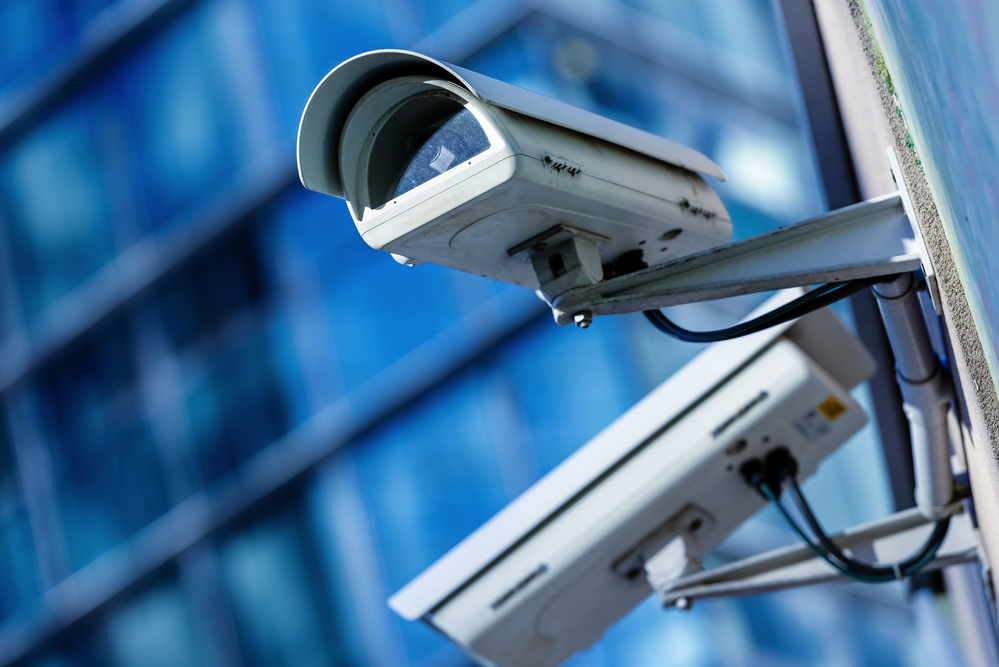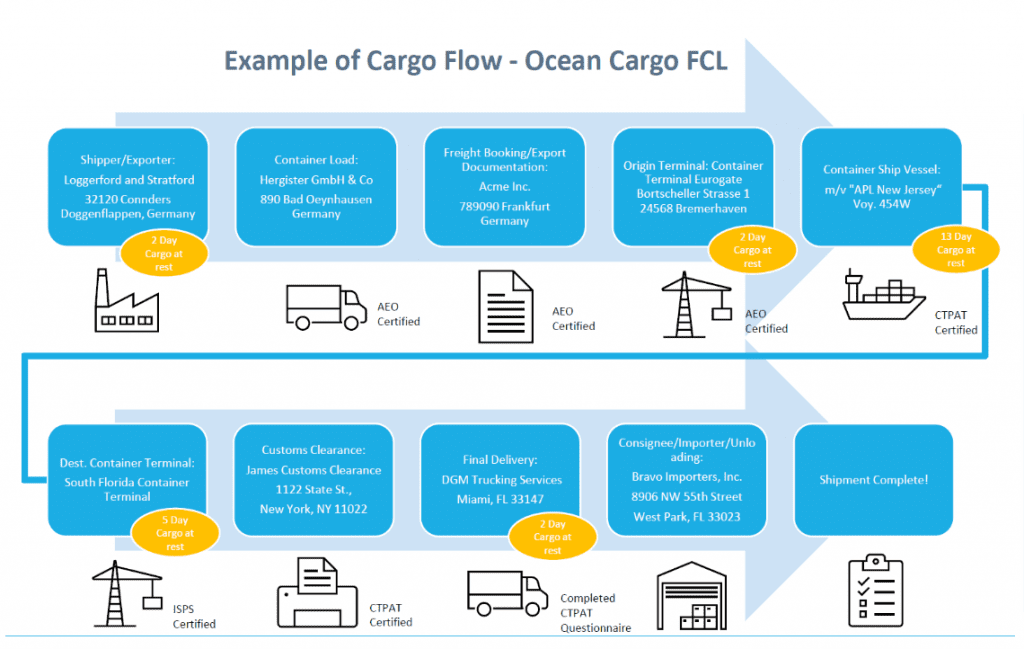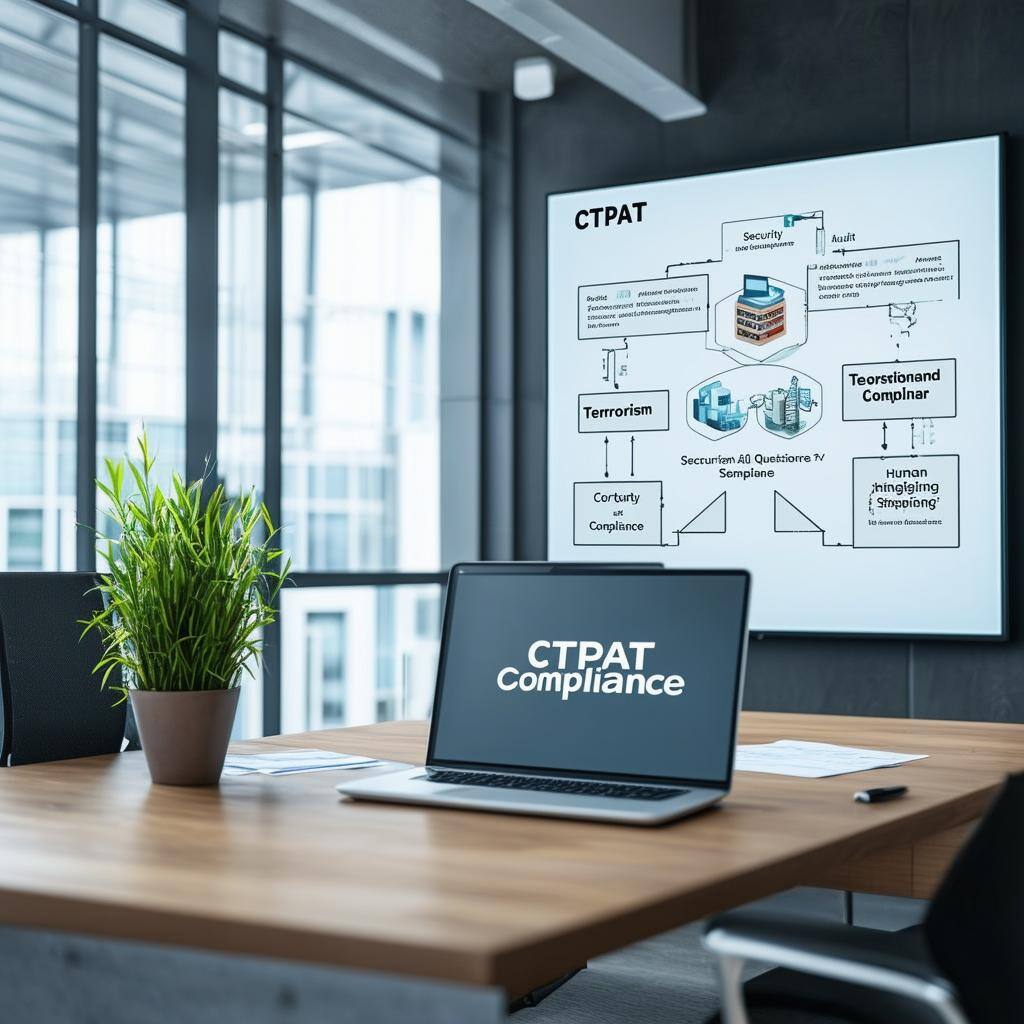Meeting the Minimum Security Criteria (MSC) for the CTPAT Risk Assessment
Whether you’re new to CTPAT certification or are preparing for validation or recertification, the U.S. Customs and Border Protection’s (CBP)...
3 min read
Admin : Dec 7, 2023 1:59:09 PM

As companies continue to navigate new minimum security criteria, CTPAT Physical Security requirements are a common area of confusion – specifically when it comes to camera systems. In this article, we answer some of our clients’ most popular surveillance-related questions, including: “What’s the difference between the ‘Must’ and ‘Should’ distinction in CBP’s MSC guidelines, and how does it apply to cameras,” “Do we need to have cameras deployed in our workplace to be CTPAT approved,” and “How should we set up the cameras in our facility to meet our Supply Chain Security Specialist’s expectations?”
First and foremost, Customs and Border Protection categorizes camera deployment as a “Should” versus a “Must” in their most recent MSC guidelines – which is essentially their way of saying “it’s a good idea to have them installed.” And they’re right. Having camera technology set up in your facility allows supervisors and executives to track issues like theft, suspicious people on the premises, and various other threats, which are all CTPAT points of emphasis to create a more secure supply chain. With that said, although it is highly recommended to have cameras installed in your facility, opting out of using video surveillance won’t prevent you from achieving CTPAT certification.
If you do choose to install a camera system for physical security, the first thing to consider is where to put them. We recommend starting the process by making a list of all the sensitive spots in your facility. This should include cargo areas, storage areas, server rooms, storage yards, entryways, and parking and loading areas (just to name a few). Anywhere you store cargo or information that could potentially be compromised is a good place for a camera.
After deciding where to install your cameras, the next step is to determine the right type of system to purchase. CTPAT regulations recommend using continuously recording CCTV (Closed Circuit Television), which is an older term that just means that the video feeds are live-streamed to a centralized monitor in your office and/or uploaded to a cloud-based location that allows all appropriate personnel to view onsite activity in real-time. Conversely, you want to avoid installing a non-continuously recording camera system, because they are designed to record data only when movement is sensed. Although this surveillance method saves bandwidth and storage, it doesn’t allow the user to search a specific point in time where a suspected issue may have occurred…and, more importantly, movement triggers for non-continuous cameras can be missed, which could halt an investigation in its tracks if a physical security issue were to arise.
Now that you’ve selected your locations and type of video system, it’s time for the fun part: buying your cameras! Luckily for first-timers, it is the easiest and least expensive time in history to deploy a CCTV system. A wide variety of good options exist, from a simple Ring Security Camera System ($99+) that is capable of continuous recording with a Plus Subscription ($10 / mo.), to multi-pack Wi-Fi camera systems you can buy from a variety of online sources for under $1000. Of course, there are thousands of security technology companies (like ADT) that specialize in installing commercial security camera technology in your place of business. The only thing to remember if you go this route is to confirm they are licensed and bonded, which is another CTPAT requirement IF you’re installing cameras.
Regardless of which option you choose to pursue, it is critical to ensure the camera resolution is at least 720P, the system can notify you via email or text message in the event the recording is stopped or compromised, and the camera data is saved for at least 14 days after recording to provide a wide enough time frame to successfully backtrack a security issue.
The last piece of the CTPAT camera puzzle is to set up your video system. To make things easy, we’ve created a quick checklist to follow as you take on the installation process:
We hope this information helps clarify CBP video surveillance expectations for CTPAT Physical Security, as well as provides useful insight into best practices for purchasing and setting up your camera system. However, if you have any additional questions about this or any other part of CTPAT MSC regulations, Veroot is here to help.

Whether you’re new to CTPAT certification or are preparing for validation or recertification, the U.S. Customs and Border Protection’s (CBP)...

In 2019, U.S. Customs and Border Protection (CBP) updated its minimum security criteria (MSC) to address changes to the global supply chain and the...

Properly vetting current and prospective Business Partners is essential for supply chain security and is one of the key requirements of participating...